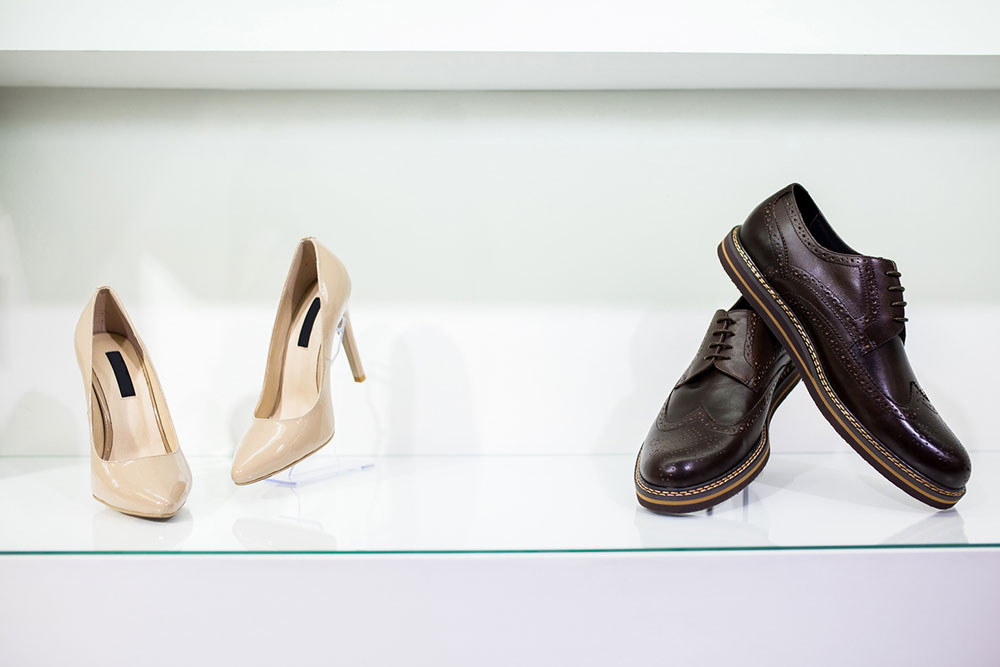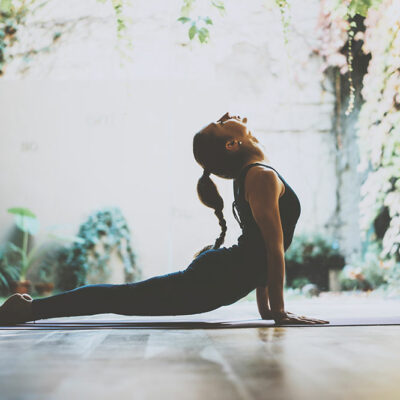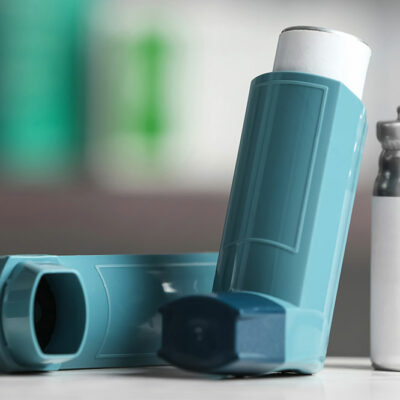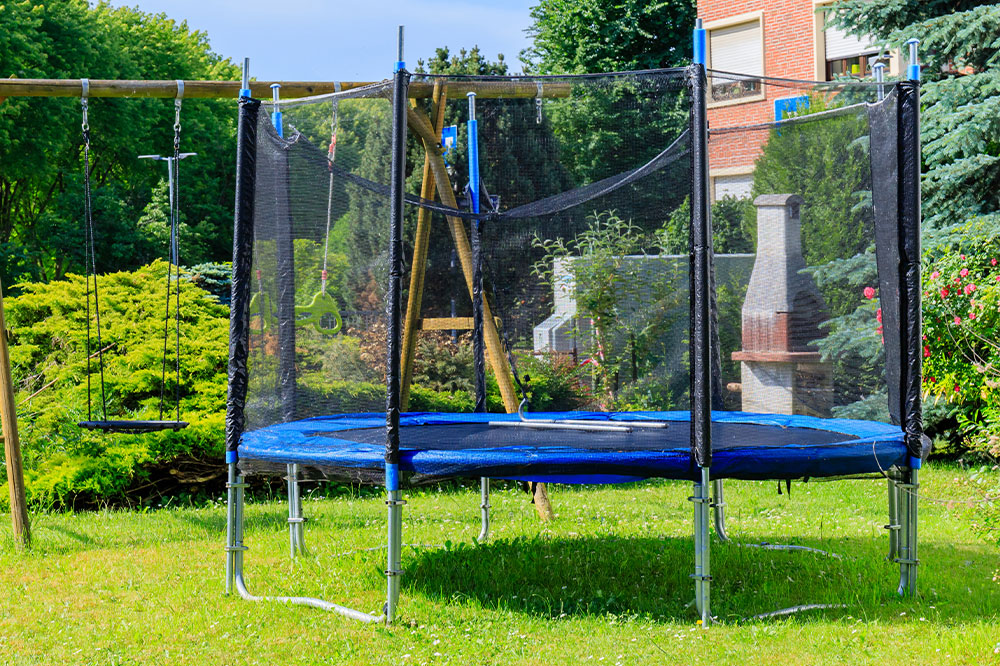8 mistakes to avoid when caring for expensive shoes

Investing in high-quality shoes keeps foot-related health issues at bay and helps elevate a person’s style. Whether a sleek pair of leather loafers, handcrafted designer heels, custom-made boots, or athletic sportswear, shoes have become a crucial accessory for several ensembles. However, to increase their lifespan, one must maintain them well and avoid missteps that can inadvertently deteriorate their quality. Here are a few common mistakes when caring for expensive shoes.
Storing shoes haphazardly
Footwear made using premium materials like fine leather and textiles requires extra care. Tossing such shoes on the floor or squeezing them into metallic racks can result in scuff marks and premature wear. One must avoid these mistakes and invest in dedicated shoe storage solutions, such as cubbies or shelves, to ensure the longevity of their footwear.
Not tackling moisture
Moisture can damage delicate materials like luxury leather and suede. Therefore, individuals must wipe down their shoes using a dry rag immediately when they get wet and let them air dry before storing them. Exposing luxury shoes to heat is a big mistake as it can adversely affect the material.
Using plastic shoeboxes for storage
Shoe soles require air circulation to prevent moisture buildup and maintain their structure. Therefore, one should never use plastic or cardboard boxes to store expensive footwear. Instead, individuals can use dust bags made of breathable fabric for proper air circulation.
Not using a shoe tree
A shoe tree is an excellent tool for avoiding creases on leather shoes. Leather is a porous material that soaks moisture and cracks or creases over time. A shoe tree, made of wood or plastic, can be inserted into shoes to maintain their shape. The device also absorbs moisture and odor, helping maintain the quality and longevity of expensive shoes.
Following the wrong shoe-cleaning process
One should follow the correct methods for cleaning expensive footwear. Experts recommend dry wiping shoes with a soft microfiber or cotton cloth and then waterproofing, conditioning, and polishing them. Using polish before cleaning the shoes can trap dust or dirt and cause scratches. Conditioning is essential before polishing to avoid cracking and hardening of shoes.
Using the wrong cleaning products
Another common mistake is using cleaning agents or polishes unsuitable for high-end footwear. The wrong products can discolor or damage the shoes’ material. For example, using a generic cleaner instead of a leather-specific cleaner on fine leather shoes can strip away their natural oils and cause dryness and cracking. Similarly, applying a silicone-based spray meant for athletic shoes on luxury suede can alter its texture and appearance.
Not replacing worn-out heel taps
Worn-out heel taps can result in loose or excessively thin heels. This can leave the heel susceptible to scratches or breakage, which is usually non-reversible. Replacing the heel tap when necessary can help maintain the structure and appearance of the footwear.
Cleaning all shoes in the washing machine
It is pretty convenient to toss all dirty shoes into the washing machine and give them a quick cleanse. However, this method can ruin the structure and coating of high-end footwear. While a machine wash may be suitable for materials like cotton, canvas, or nylon, it is a big no for shoes crafted from rubber, suede, rubber, or leather.
















